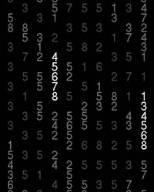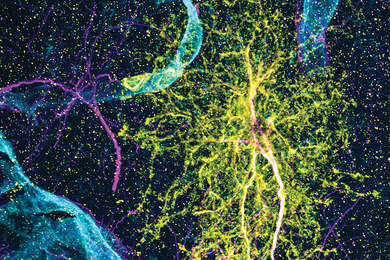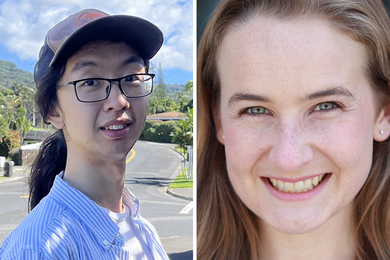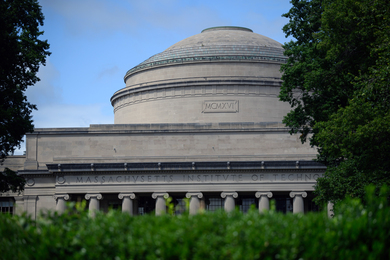In work that may shed light on how humans form memories, MIT researchers report in the Dec. 19 issue of Neuron that rats dream about their activities during slow wave sleep as well as during REM sleep.
Slow wave sleep, also referred to as non-REM sleep, makes up a large fraction of the normal sleep cycle and occurs earlier than REM sleep.
In a landmark 2001 study, Matthew A. Wilson, associate professor of brain and cognitive sciences in MIT's Picower Center for Learning and Memory, showed that animals have complex dreams and are able to retain and recall long sequences of events while they are asleep. That study focused on REM sleep, while the current study analyzes dreams occurring during slow wave sleep.
"We found that brief segments of awake sequential experience were replayed in the hippocampus at high speed during slow-wave sleep, following awake behavior revealing the early processing of sequential event memory during this sleep period," Wilson said. "This may relate to work in humans that suggests that amount of slow wave sleep early in the night, as well as the amount of REM sleep later in the night, is correlated with subsequent enhancement of performance on learned tasks."
Wilson showed in 2001 that rats' memories of a sequential experience such as following a maze were reactivated during REM sleep. "This time, we were looking at slow wave sleep and asking whether memory patterns related to rats running back and forth on tracks were also reactivated during this other sleep period," Wilson said. Wilson's co-author on the study is brain and cognitive sciences graduate student Albert K. Lee.
The researchers monitored the firing activity of collections of neurons in each rat's hippocampus as the rat ran on a simple track for a food reward.
During each lap, individual brain cells would fire as the animal ran back and forth on successive locations on the track, so the collection of firing cells would produce repeatable sequences corresponding to the animals' experience on each lap.
"We found that brief memory sequences corresponding to running single laps on the track were replayed in short bursts at high speed. A four-second lap on the track replayed in 100-200 milliseconds," Wilson said.
"This was unlike the earlier REM replay, which lasted several minutes and was played back in approximately real time.
"Also unlike the REM sleep replay, the slow wave sleep replay only seemed to occur during the period of sleep immediately following the behavior and was not detectable 24 hours later, suggesting that it was part of the initial storage or processing of memory during sleep, while REM memory reactivation, which was robust even after 24 hours, might represent the more gradual reevaluation of older memories."
AN EDITED VERSION
A quirky aspect of the results is that the memories replayed seemed to reflect segments or snippets of experience. The waking segments were consistently composed of neural activity reflecting the four- to five-second stretches of running, or attentive behavior, separated by periods of stopping or inattentive behavior.
The replayed segments, on the other hand, never spanned those stopping periods. "This suggests that our seemingly continuous memory of experience might actually be broken up into shorter segments based on activity or attention," Wilson said.
Wilson believes the research will shed light on how people form long-term memories. "Sleep disorders, disturbance and deprivation are commonplace in today's society," he said. "We're only beginning to understand the impact that sleep has on normal memory and cognitive function and how it might interact with other neurological and psychological conditions.
"This work provides direct insight into the way in which memory is processed during different stages of sleep and therefore provides a model for the study of the complex relationship between sleep and awake cognition and memory," he said.
This work is funded by RIKEN and the National Institutes of Health.







